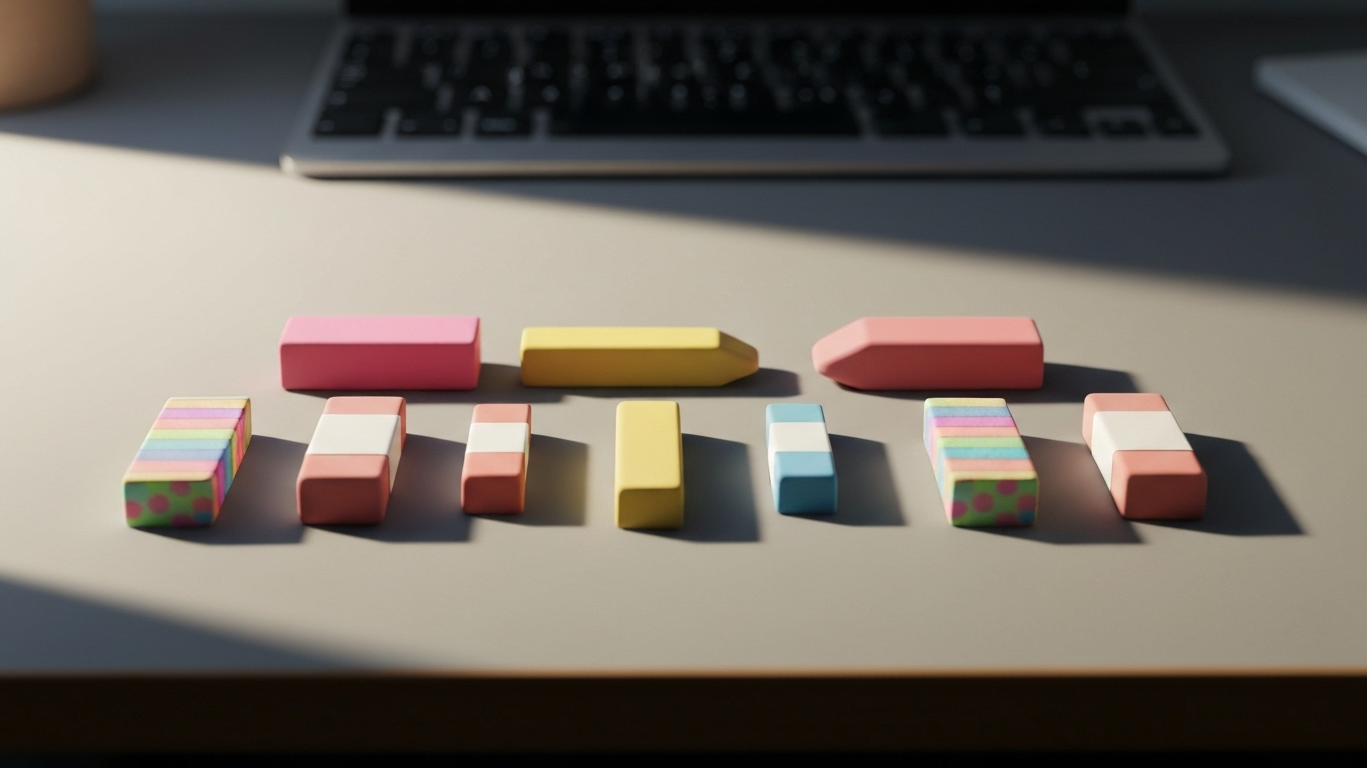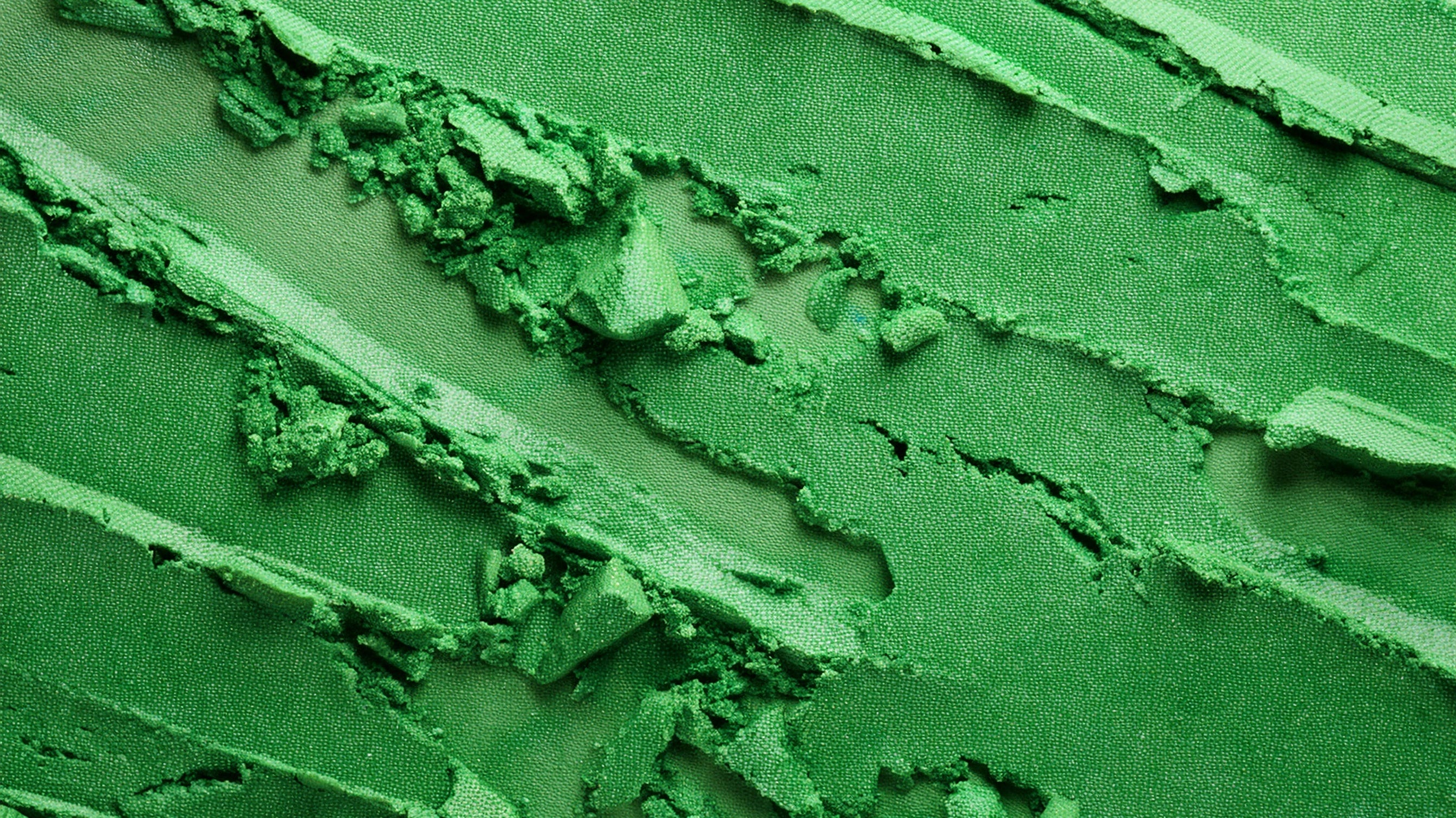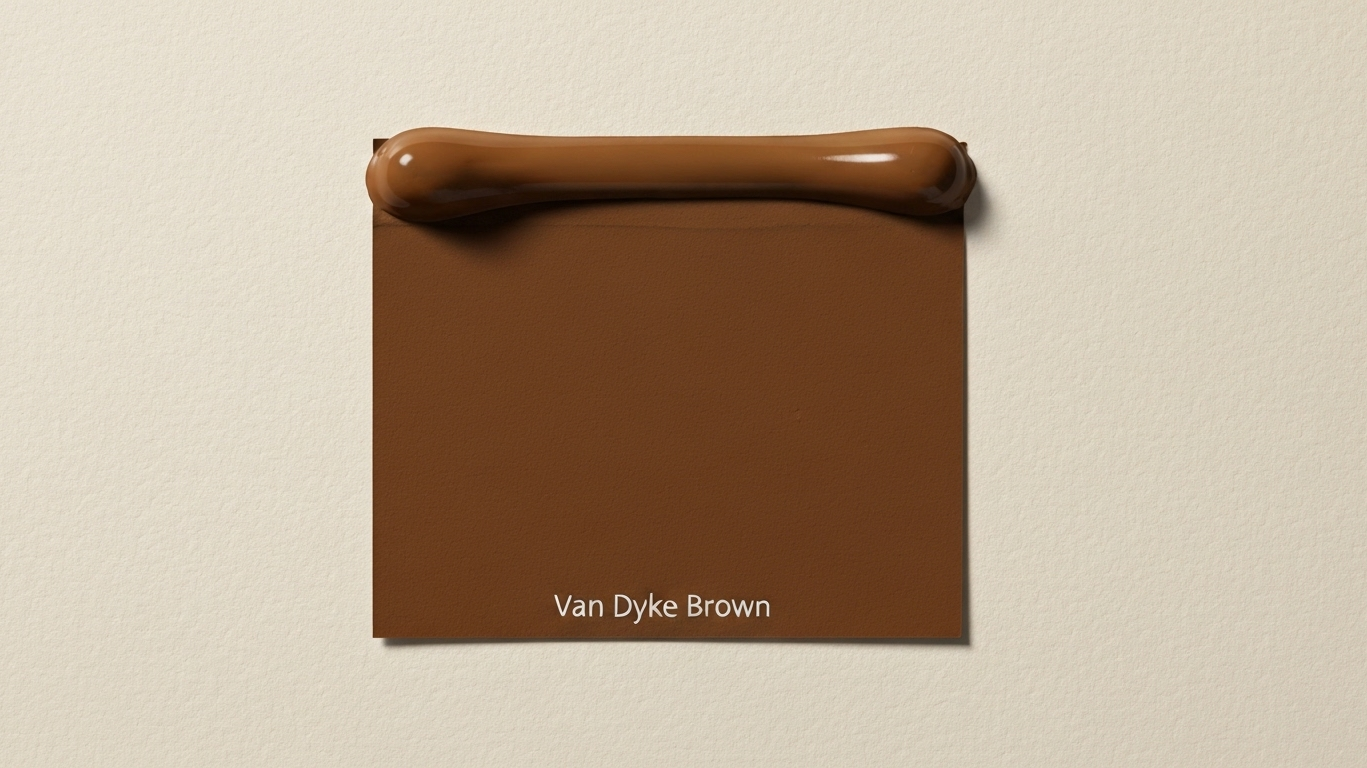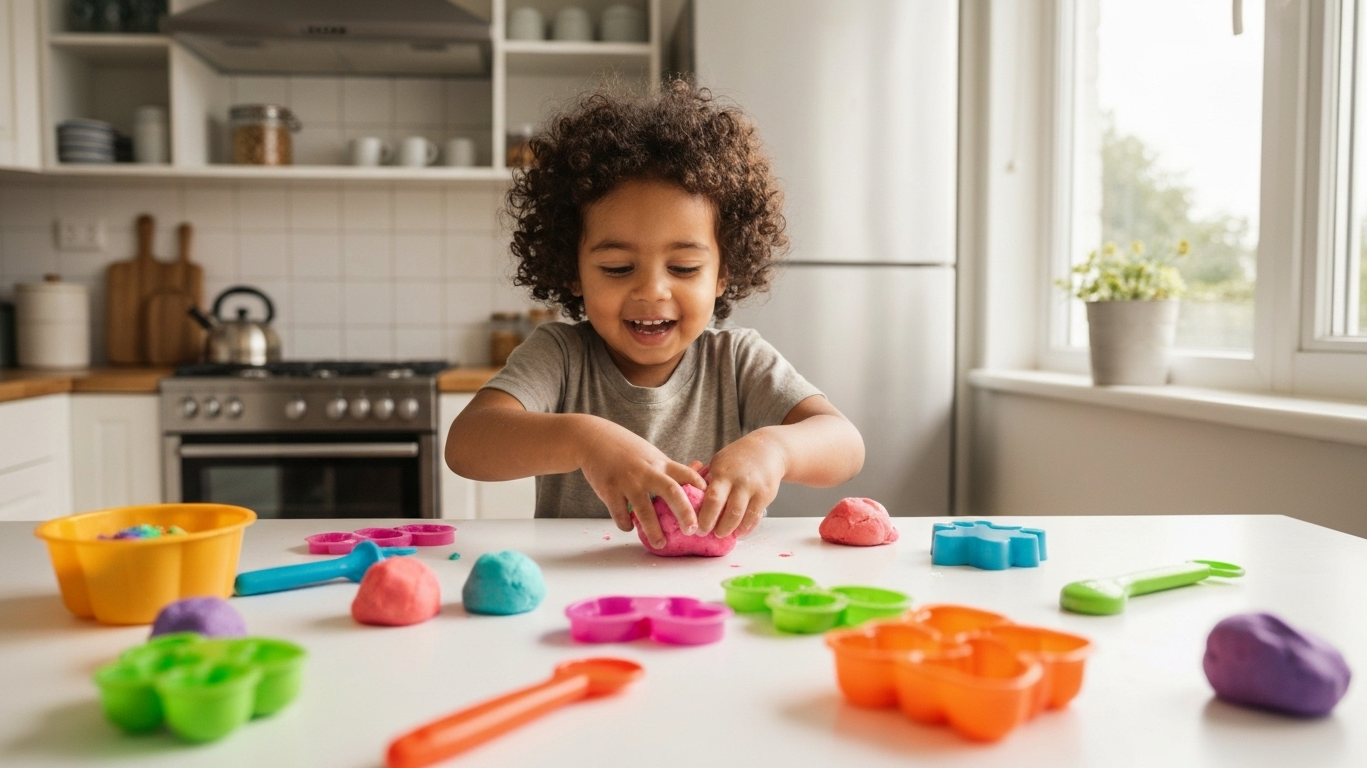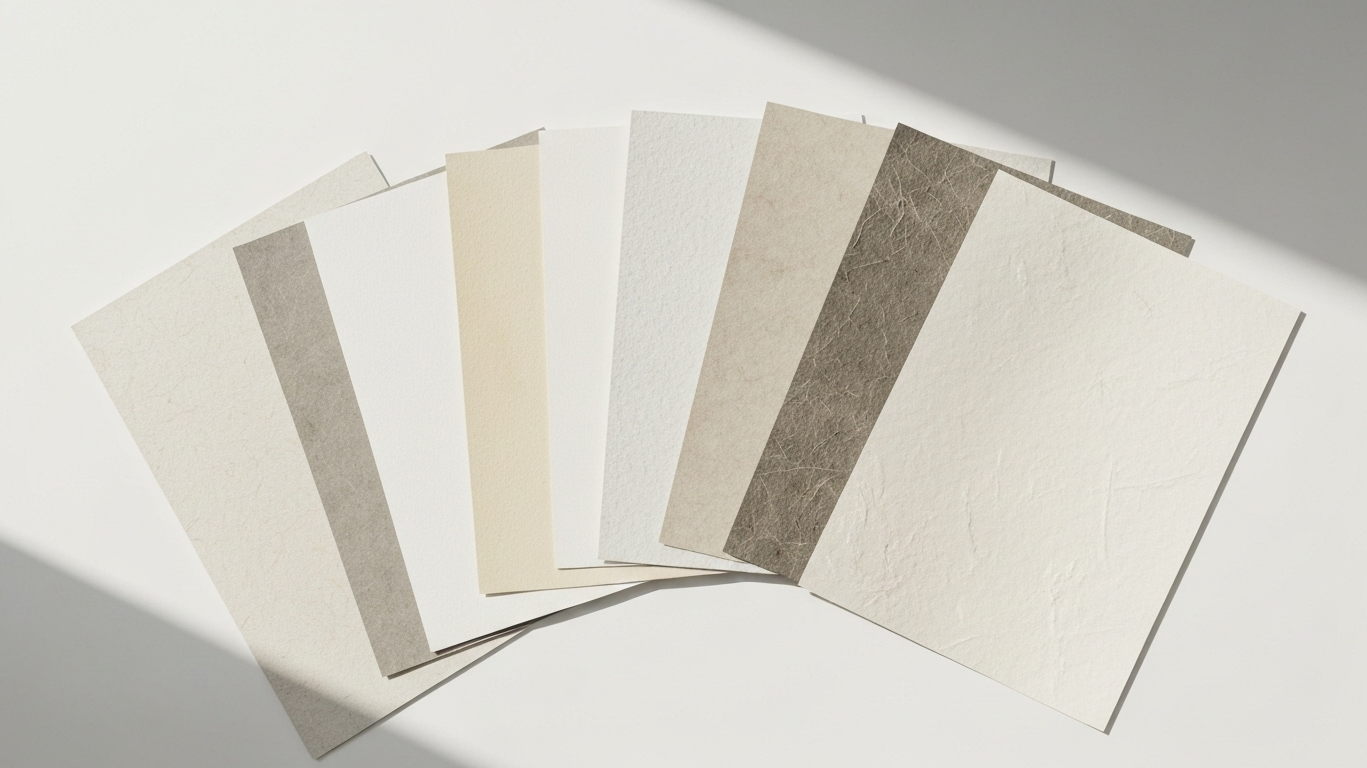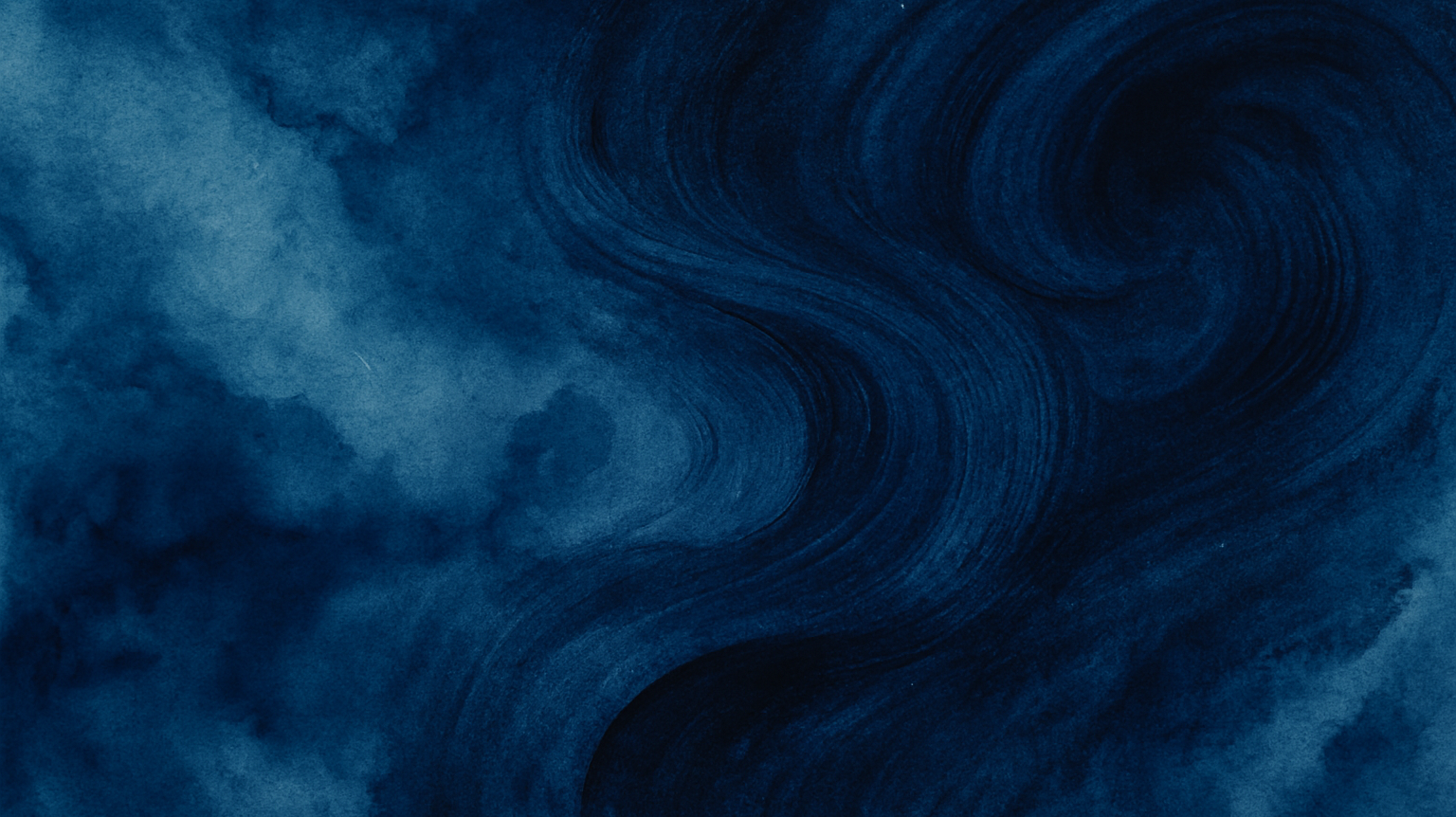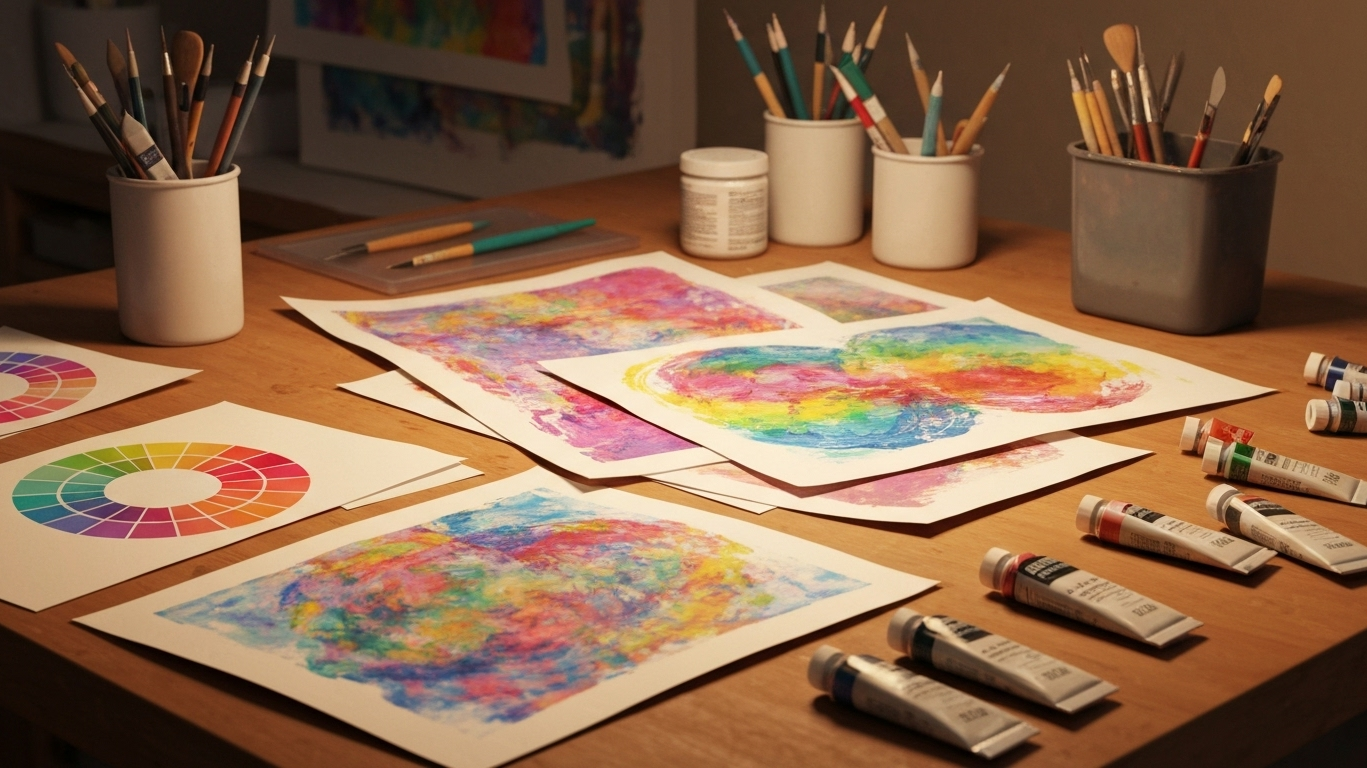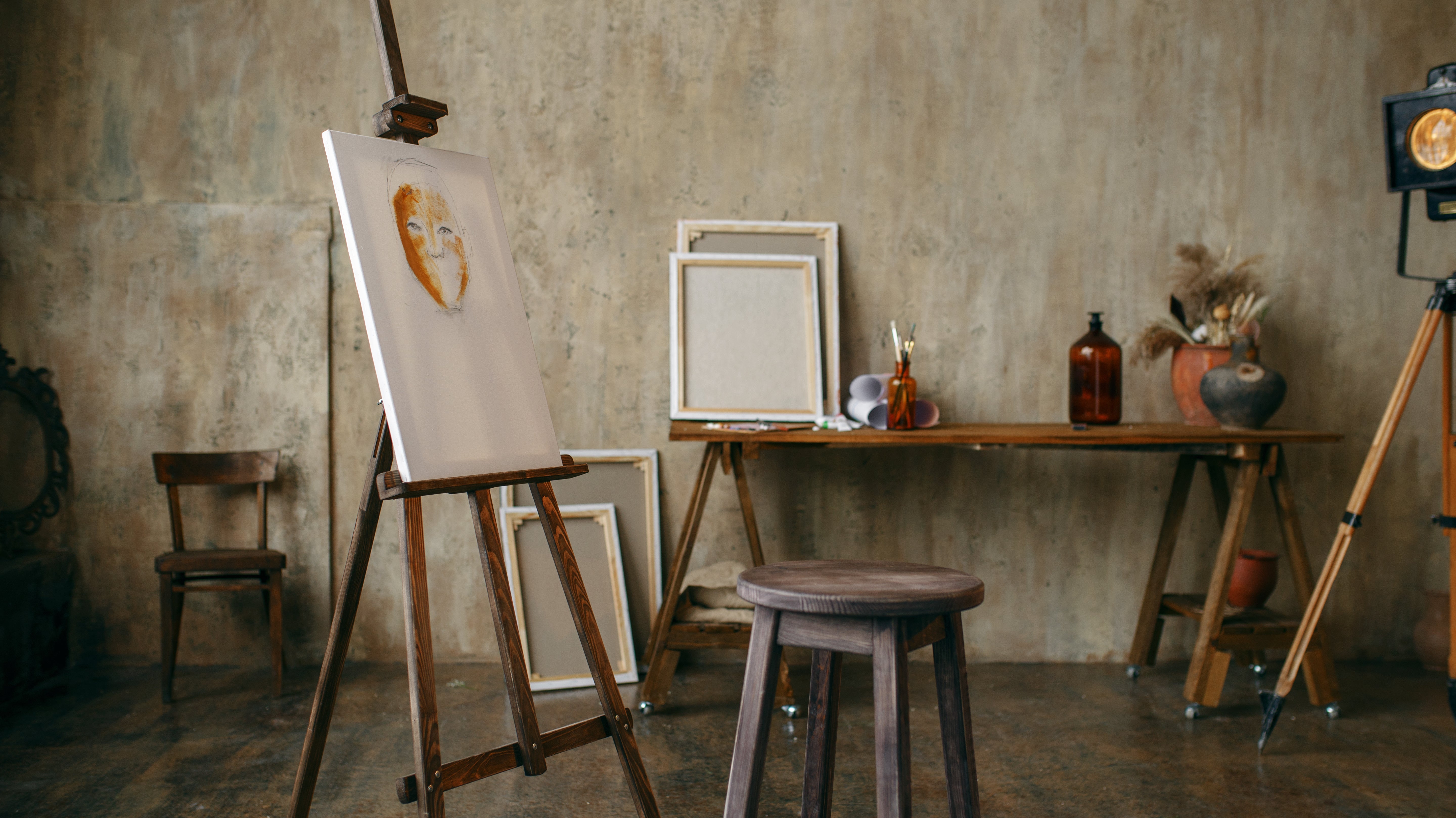Why do some artworks just “feel right”? The principles of art—balance, contrast, emphasis, movement, pattern, rhythm, and unity/variety—show you how to arrange lines, colors, shapes, and textures for impact. This guide explains each principle in plain language, how it differs from the elements of art, and gives quick tips for applying them in drawings, paintings, and Gel Press monoprints to create cohesive, eye-catching compositions.
Art & Inspiration
Primary & Secondary Colors: Definition, List
Primary and secondary colors are the foundation of color theory. Primary colors—red, yellow, and blue—cannot be mixed from other pigments, while secondary colors—orange, green, and purple—come from blending primaries. This guide explains their definitions, the role of tertiary colors, and how the color wheel connects them. Perfect for artists, designers, and educators, with hands-on mixing techniques (including Gel Press plates) and practical tips for applying colors in art, design, and classrooms.


